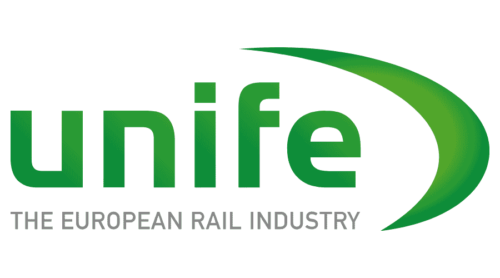News
14 Jan 2013
CLIMATE CHANGE & STANDARDISATION – A SECTOR POSITION PAPER
Standardisation starts with the basic functional requirements at a company or activity level and goes up to European or International Technical Recommendations or standards like UIC Codes, UIC/UNIFE Technical Recommendations and CEN/CENELEC/ETSI European Standards / Technical Specifications or ISO/IEC/ITU standards.
The European regulation comprises a national framework as well as Technical Specifications for Interoperability (TSI) and the European Commission’s Directives ensuring the interoperability of the trans-European rail system. These TSIs do not apply to the urban rail systems.
